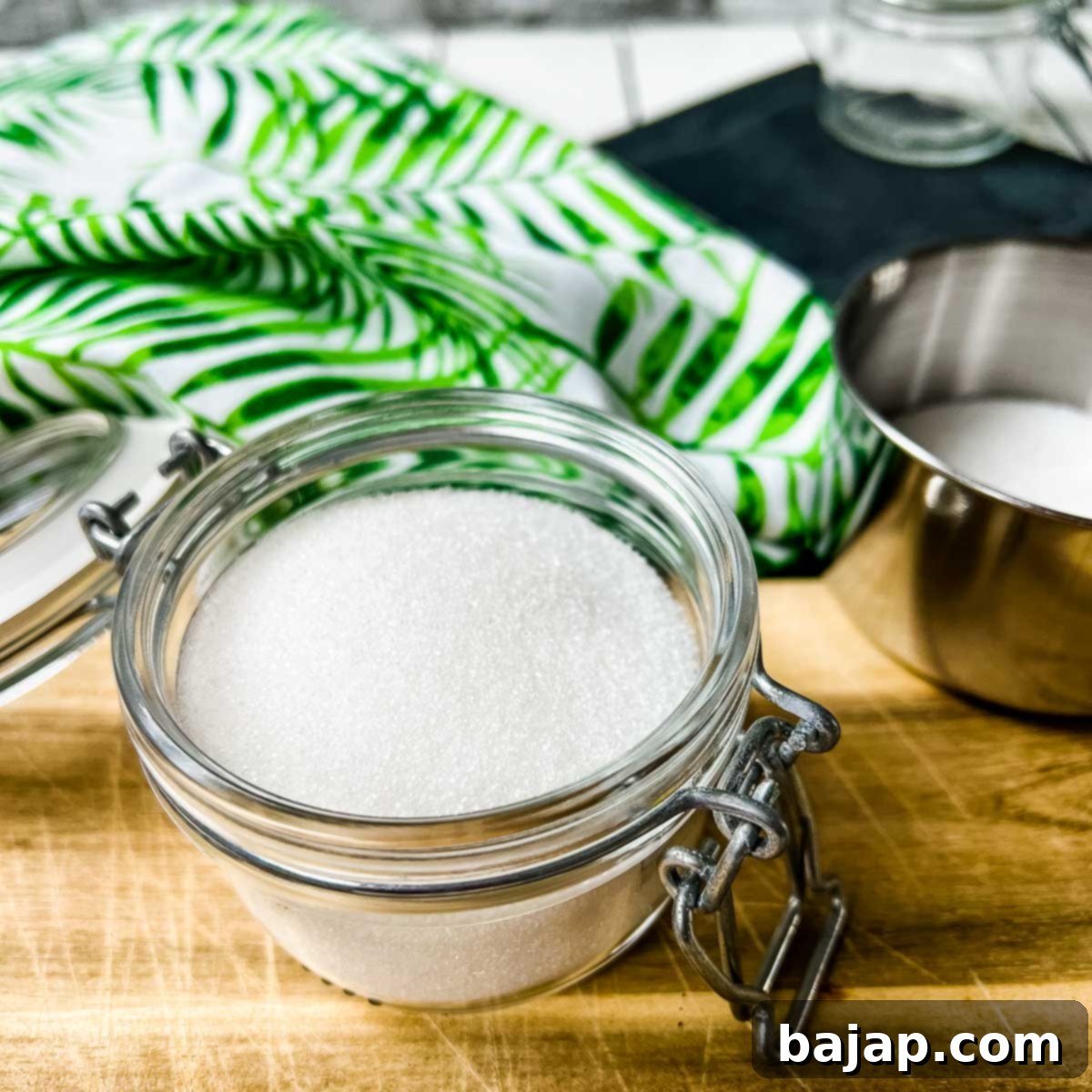Homemade Vanilla Sugar: Your Ultimate Guide to Making, Using, and Substituting This Essential Baking Ingredient
Vanilla sugar, with its warm, fragrant aroma, is a beloved ingredient that adds a touch of elegance to countless desserts and baked goods. Particularly in Austrian cuisine, it’s a foundational element, essential for creating the rich, comforting flavors found in traditional pastries and sweets. But what if you find yourself without this aromatic staple, or you wish to create your own high-quality version from scratch? This comprehensive guide will take you into the delightful world of vanilla sugar, exploring its essence, offering simple homemade recipes, revealing smart substitutes, and clarifying common questions.
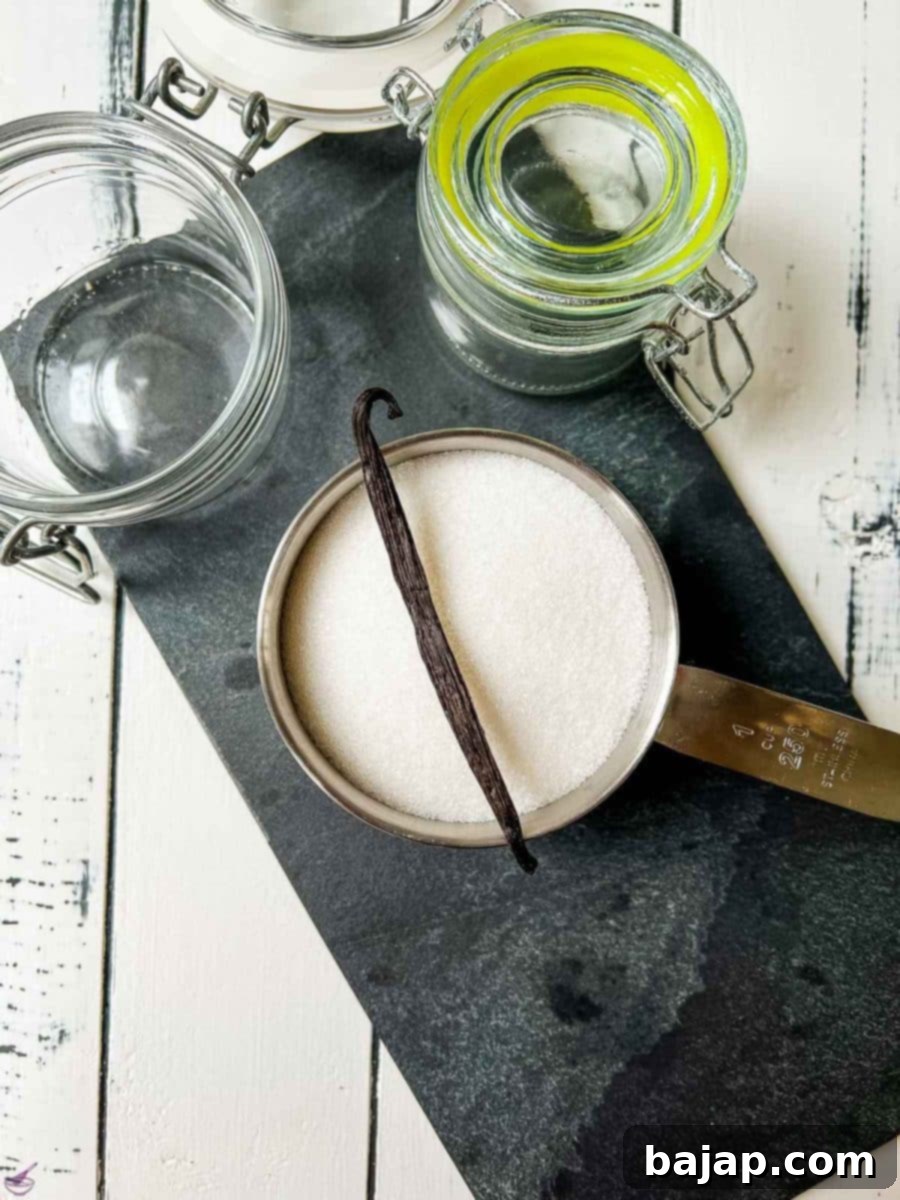
Whether you’re a seasoned baker or a curious home cook, understanding vanilla sugar will undoubtedly elevate your culinary creations. From infusing your regular granulated sugar with genuine vanilla pods to exploring quick alternatives, we’ll cover everything you need to know to become a true vanilla sugar connoisseur. Get ready to transform your desserts!
Looking for delightful recipes that perfectly showcase the magic of vanilla sugar? Dive into our favorites like the potato flour cake with eggnog, the classic Austrian strawberry sponge cake, or the indulgent whipped cream bundt cake!
🤨 What is Vanilla Sugar?
At its core, vanilla sugar is a simple yet transformative ingredient. By definition, vanilla sugar is granulated sugar that has been flavored with vanilla or infused with vanillin. This flavoring process transforms ordinary sugar into an aromatic powerhouse, imparting a distinct, warm, and sweet fragrance to any dish it graces. It’s what differentiates a plain sugar cookie from one that truly sings with flavor.
The fundamental difference between regular granulated sugar and vanilla sugar lies in this infusion. Regular sugar provides sweetness, while vanilla sugar provides both sweetness and a complex, intoxicating aroma. The base for vanilla sugar is typically white granulated sugar, a sweet substance derived from sugar beets or sugar cane. It is fine-grained, loose, and white, making it an ideal canvas for absorbing the nuanced notes of vanilla.
The quality and intensity of vanilla sugar largely depend on the source of the vanilla. True vanilla sugar uses actual vanilla beans, which offer a multi-layered flavor profile with hints of floral, woody, and smoky notes. On the other hand, some commercial vanilla sugars rely on vanillin, the primary aromatic compound found in vanilla, which provides a more singular, often simpler vanilla essence. Understanding this distinction is key to choosing or making the perfect vanilla sugar for your culinary needs.
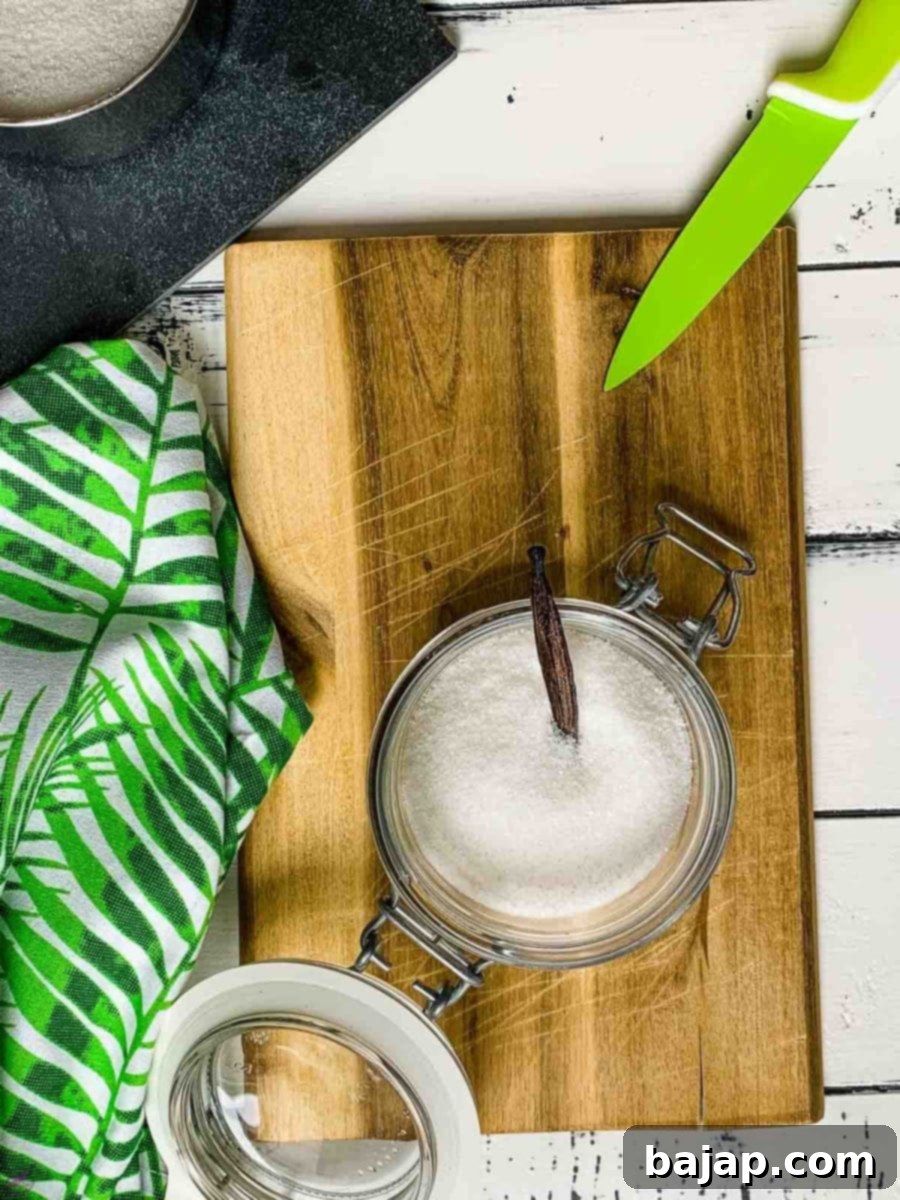
📖 Making Your Homemade Vanilla Sugar
Creating your own vanilla sugar at home is incredibly simple, rewarding, and often more cost-effective than buying pre-packaged versions. Plus, homemade vanilla sugar allows you to control the quality and intensity of the vanilla flavor. Based on our definition, you have a few excellent options for infusing regular white or brown sugar with that delightful vanilla aroma.
Here are the three primary ways to become a vanilla sugar maker in your own kitchen:
- Using Whole Vanilla Beans: This is arguably the most traditional and flavorful method. Simply take a spent (or fresh) vanilla bean, split it lengthwise, and bury it in a jar filled with granulated sugar. Over time, usually within 1-2 weeks, the sugar will absorb the rich oils and aroma from the bean. The longer it sits, the more intense the flavor. You can replenish the sugar as you use it, making this a perpetual source of fragrant vanilla sugar. This method yields a truly exquisite product, with complex notes that elevate any recipe.
- Incorporating Ground Vanilla (Vanilla Powder): For a more immediate and visually striking vanilla sugar, you can mix finely ground vanilla bean powder directly into your sugar. This method results in a “vanilla sugar with dark spots,” a brownish hue from the tiny flecks of vanilla bean. When purchased in stores, this is often labeled as “Bourbon vanilla sugar,” signifying the use of real vanilla beans, not just artificial flavoring. It provides a robust, authentic vanilla flavor instantly, perfect when you don’t have time to wait for infusion.
- Adding Vanillin: If you’re looking for a quick and economical option, you can mix pure vanillin powder (often found in the baking aisle) into regular sugar. While vanillin provides the characteristic vanilla scent, it lacks the depth and complexity of true vanilla beans. This method is excellent for simple baking where a strong, straightforward vanilla note is desired without the expense or time commitment of whole beans.
Each method offers a unique experience, allowing you to tailor your vanilla sugar to your preferences and needs. The joy of homemade isn’t just in the flavor; it’s also in the simple pleasure of crafting something special. For detailed step-by-step instructions on each method, check out our guide on Three ways to make vanilla sugar at home.
🤷♀️ Difference Between Vanilla and Vanillin
While often used interchangeably in everyday language, “vanilla” and “vanillin” refer to distinct things, and understanding their difference is crucial for any discerning baker or consumer. This distinction impacts flavor, cost, and even ethical considerations.
Vanilla
True vanilla is a spice derived from the fruit of the vanilla orchid, primarily from the genus Vanilla planifolia. This remarkable plant, often referred to as the “true vanilla,” is an orchid that produces greenish-yellow flowers which, once pollinated, develop into long, slender seed pods. These pods are carefully harvested and cured through a labor-intensive process that develops their distinctive aroma and flavor.
The name “vanilla” itself originates from the Spanish “vainilla,” meaning ‘small pod,’ a diminutive of “vaina” (pod or sheath), which in turn comes from the Latin “vagina.” Commercially, spiced vanilla is renowned for its origins, with varieties like Bourbon vanilla (from Madagascar and Réunion, formerly Bourbon Island), Mexican vanilla, and Tahitian vanilla, each offering slightly different flavor profiles due to variations in climate and curing methods.
Unlike a single flavoring compound, vanilla is a complex spice containing hundreds of aromatic compounds, with vanillin being the most prominent. This complexity gives true vanilla its deep, rich, and nuanced flavor profile, which can include floral, woody, smoky, and caramel notes. When you see “vanilla extract,” “vanilla beans,” or “ground vanilla” on an ingredient list, you are getting the full spectrum of this incredible spice. Always check labels, as some products claiming “real vanilla” may still contain additional artificial flavors to enhance or extend the vanilla taste.
Source: Wikipedia
Vanillin
Vanillin, on the other hand, is the primary phenolic aldehyde responsible for the characteristic aroma and flavor of vanilla. While it naturally occurs in vanilla beans, vanillin can also be produced artificially or derived from other natural sources that are not vanilla beans. This makes it significantly cheaper and more widely available than natural vanilla extract.
Artificially produced vanillin is synthesized from petrochemicals or lignin (a byproduct of the pulp and paper industry). “Natural flavoring vanillin” can also be produced through fermentation processes involving microorganisms acting on precursors like sugar beet pulp or rice bran. Crucially, even if derived from natural sources, if the original source isn’t the vanilla bean, it cannot be labeled simply as “natural vanilla extract.”
Vanillin offers a strong, singular vanilla note but lacks the intricate depth and complexity of natural vanilla. When an ingredient list states “vanillin flavoring” or simply “vanillin,” it often indicates that an artificially produced or non-vanilla-bean-derived form has been used. This distinction is vital for those seeking the authentic, multi-faceted flavor of true vanilla in their baking.
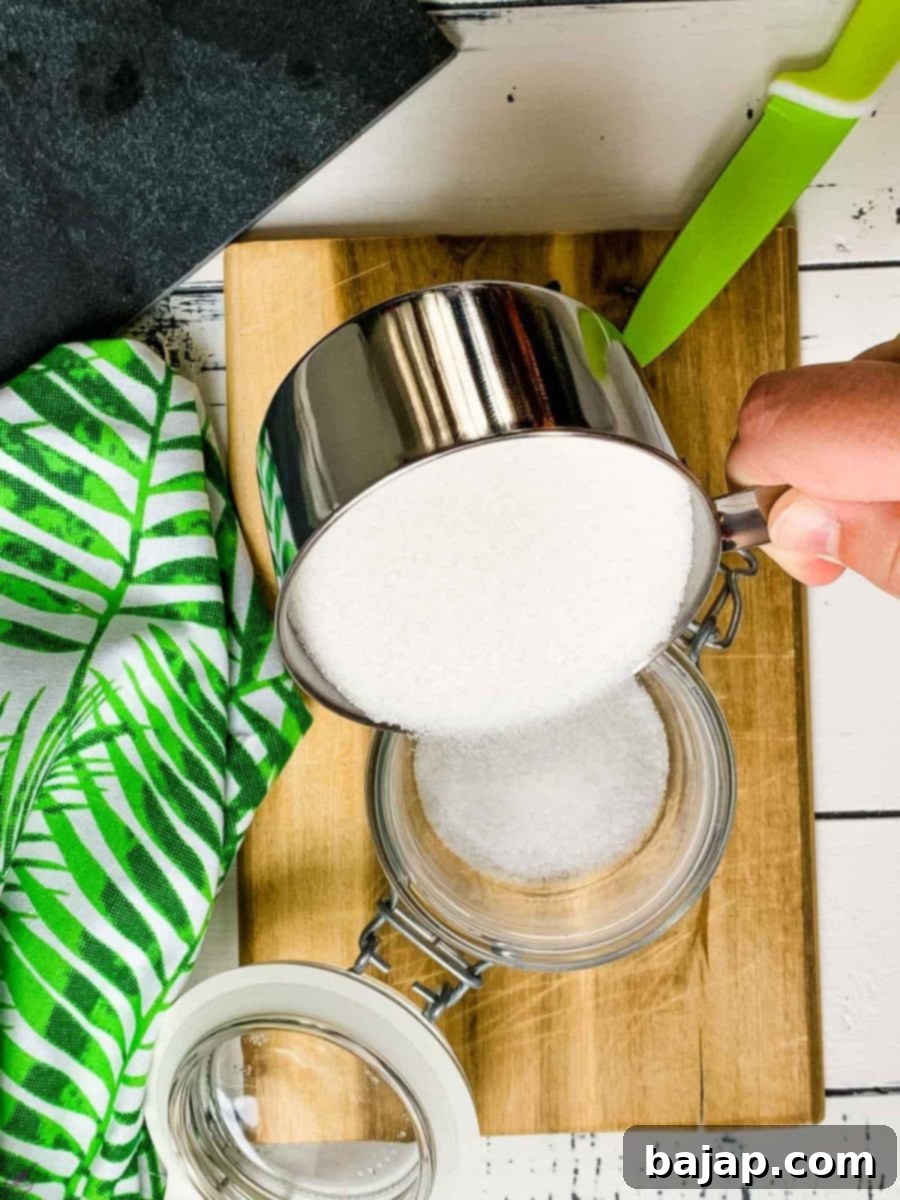
🍨 Substitute for Vanilla Sugar
Even the most organized kitchens sometimes run out of essential ingredients. If you find yourself needing vanilla sugar but don’t have any on hand, fear not! Several excellent substitutes can save your recipe without compromising on flavor. Here are some of the best alternatives, along with tips on how to use them:
- Homemade Vanilla Sugar (Quick Version): If you have a vanilla bean (even a spent one) and some regular sugar, you can quickly make a usable substitute. Simply scrape the seeds from half a vanilla bean, mix them thoroughly with 1-2 tablespoons of granulated sugar, and use immediately. While it won’t be as intensely infused as a long-term batch, it will provide a lovely, fresh vanilla flavor.
- Vanilla Extract or Vanilla Essence: This is arguably the most common and accessible substitute. Pure vanilla extract, made by steeping vanilla beans in alcohol, provides a concentrated vanilla flavor. Vanilla essence is typically a synthetic alternative.
- How to substitute: For every packet (approx. 10g) or teaspoon of vanilla sugar called for, use about ½ to 1 teaspoon of vanilla extract or essence. Adjust the amount of regular sugar in your recipe to account for the sweetness difference.
- Pros: Widely available, easy to measure, provides intense vanilla flavor.
- Cons: Adds liquid to the recipe, so consider reducing other liquids slightly if using a large amount.
- Vanilla Paste: A viscous paste made from vanilla extract and ground vanilla bean seeds, vanilla paste offers both flavor and those characteristic black specks of vanilla bean.
- How to substitute: Use it in the same ratio as vanilla extract (½ to 1 teaspoon per 10g vanilla sugar). It can also be easily made at home by combining vanilla extract, ground vanilla, and a touch of syrup or glycerine.
- Pros: Excellent flavor, visible vanilla specks, less liquid than extract.
- Cons: Can be more expensive and less widely available than extract.
- Vanilla Syrup: While primarily known for flavoring coffee and cocktails, vanilla syrup can also work in baking, especially for dishes where a little extra moisture won’t hurt.
- How to substitute: Replace vanilla sugar with an equal amount of vanilla syrup, then reduce other liquid and sugar components in your recipe accordingly. For a homemade version, boil vanilla bean pulp with water and sugar until thickened, creating a highly aromatic syrup.
- Pros: Adds sweetness and a distinct vanilla aroma, easy to make at home.
- Cons: Significant liquid content requires recipe adjustments, can be overly sweet if not balanced.
- Coconut Sugar: If your primary goal is to replace the granular sugar aspect and you’re open to a different flavor profile, coconut sugar can be an alternative. It has a slightly caramel-like, less refined taste.
- How to substitute: Use it in a 1:1 ratio for the sugar component. However, remember that you will entirely lose the vanilla flavor. If vanilla is crucial, you’ll need to add vanilla extract or paste alongside the coconut sugar.
- Pros: A natural, unrefined sugar option.
- Cons: Does not provide vanilla flavor, so it’s not a direct vanilla sugar substitute unless paired with an additional vanilla flavoring.
When choosing a substitute, always consider the primary role of vanilla sugar in your recipe – is it for sweetness, flavor, or both? And remember to adjust other ingredients accordingly for the best results.
🌱 Is Vanilla Sugar Vegan?
For most vanilla sugar preparations, the answer is generally yes, vanilla sugar is vegan. The core ingredients – sugar (derived from plants like sugar beets or sugar cane) and vanilla (a plant-based spice) – are inherently vegan. However, the world of sugar production can be surprisingly complex, and what appears vegan on the surface might not always be so.
The main concern for vegans regarding sugar often lies in the refining process of white granulated sugar. In some parts of the world, particularly the United States, bone char (charred animal bones) is used as a decolorizing agent to achieve that pristine white appearance. While the bone char itself does not end up in the sugar, it is used in the processing, making the sugar non-vegan for strict ethical vegans.
To ensure your vanilla sugar is truly vegan, consider these points:
- Check the Label: Always scrutinize the ingredients list. Many manufacturers explicitly state if their sugar is vegan-friendly or processed without bone char. Look for certifications or “vegan” labels.
- Opt for Unrefined Sugars: Sugars like organic cane sugar, turbinado, demerara, or whole cane sugar (like rapadura or panela) are typically not processed with bone char, as their natural color is retained. These are safe bets for vegans.
- Contact the Manufacturer: If in doubt, reaching out to the product manufacturer is the most definitive way to confirm their sugar’s processing methods.
Beyond being vegan-friendly, choosing whole cane sugar offers additional benefits. Unlike highly refined white sugar, whole cane sugar retains some of its natural molasses, which contains valuable minerals and vitamins. This makes it a slightly more nutritious option and gives it a deeper, more complex flavor profile that can complement the vanilla beautifully.
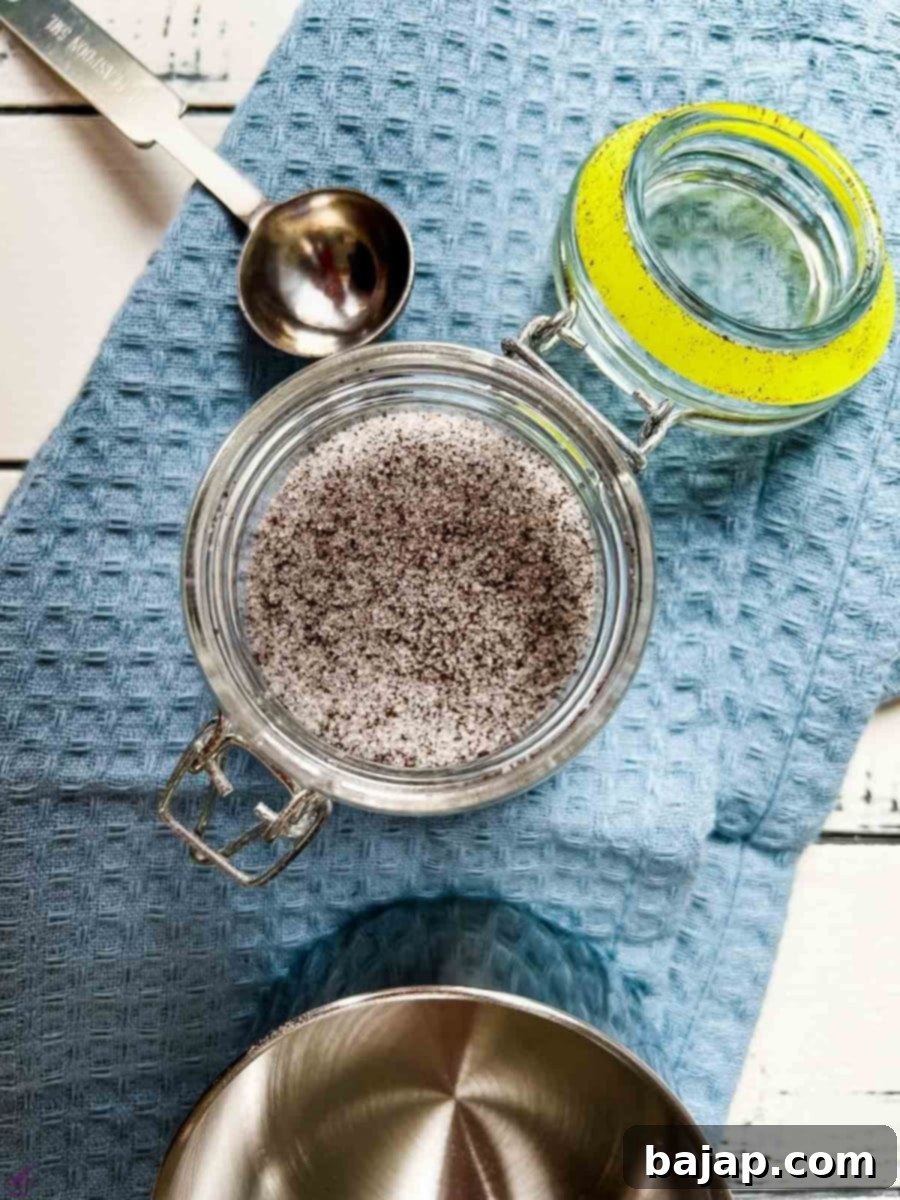
🪴 Can I Grow Vanilla Myself?
The idea of growing your own vanilla beans is certainly alluring, and yes, it is possible! However, it’s important to understand that cultivating vanilla is a demanding endeavor. The vanilla plant, an orchid, thrives in very specific conditions: a warm, humid, tropical climate with consistent temperatures and plenty of moisture. This makes it challenging for most home growers outside of specialized greenhouses or tropical regions.
Beyond the climate, vanilla orchids require significant care. They are climbing vines that need support, and their beautiful greenish-yellow flowers bloom for only a day, requiring hand-pollination within a precise window to produce pods. Once pollinated, the pods take many months to mature and then must undergo a lengthy curing process to develop their characteristic aroma and flavor.
While it requires patience and a green thumb attuned to tropical flora, the reward of harvesting and curing your own vanilla beans can be incredibly satisfying. If you’re intrigued by the art of vanilla cultivation and ready to embrace the challenge, a fantastic resource for learning the ropes is available. Dive into this article to learn more: How to Plant vanilla?
Mastering vanilla sugar, whether by making it from scratch, choosing the right substitutes, or understanding its origins, empowers you to bring exceptional flavor to all your culinary endeavors. Embrace the delightful aroma and complex taste of vanilla, and let your baking truly shine!
🍨 You might also like
- Homemade Vanilla Ice Cream Recipe
- Viennese Sponge Cake Bases Recipe
- How to bake cookies from leftover egg yolks
- Vanilla Bean Ice Cream Pancakes {Palatschinken}
